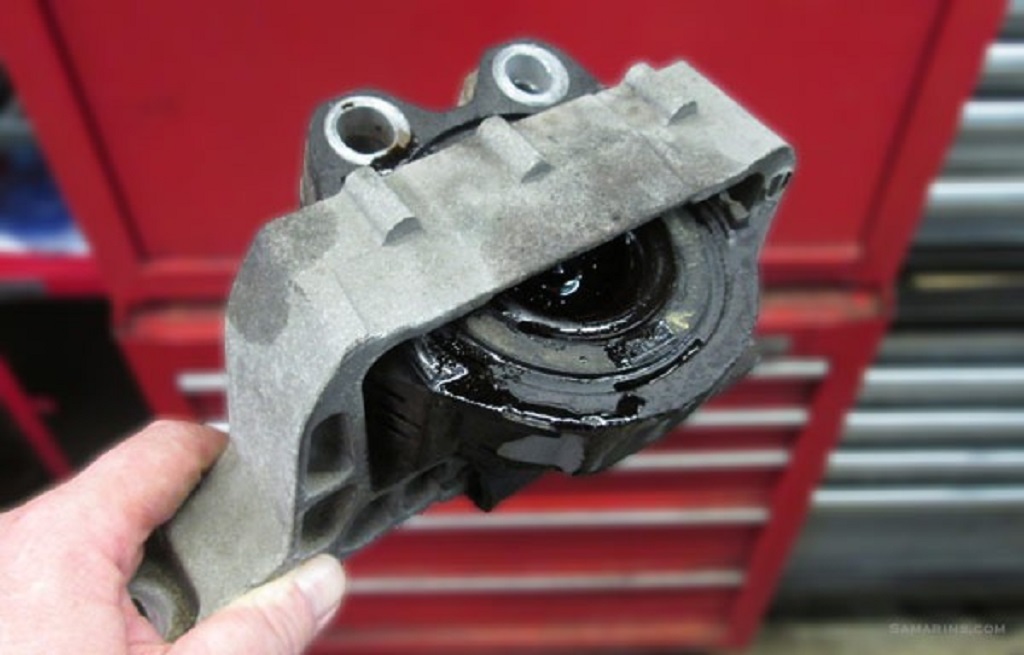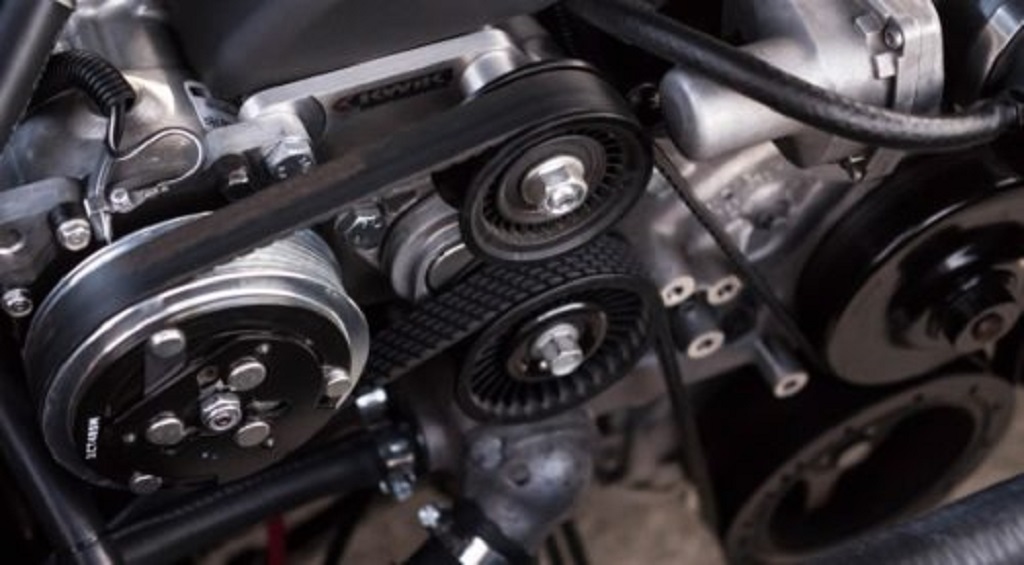Can a Worn Engine Mount Cause Vibrations Only When Accelerating in Reverse?

Vibrations while driving can feel unsettling, especially if they occur under specific conditions, such as only when accelerating in reverse. This peculiar issue often raises eyebrows and leaves car owners wondering about the root cause. Among the many possibilities, a worn engine mount stands out as a prime suspect.
Engine mounts are vital components that stabilize the engine, absorbing vibrations and preventing them from transferring to the chassis. When they degrade, strange symptoms often emerge, including vibrations that may seem isolated to reverse acceleration. Before jumping to conclusions, it’s essential to explore the dynamics of this problem. Platforms like Vehicletradeus provide excellent resources for diagnosing such automotive issues, offering guidance tailored to different vehicle types.
Let’s delve into the science behind engine mounts, why vibrations happen under specific conditions, and how to identify and resolve the issue effectively.
How Engine Mounts Work and Why They Fail

Engine mounts are designed to secure the engine to the vehicle’s frame while minimizing vibrations caused by engine operation. These mounts typically contain rubber and metal components, with some advanced mounts using hydraulic fluids for additional damping.
When engine mounts wear out due to age, stress, or improper installation, the cushioning effect diminishes. The engine’s weight shifts, increasing vibration and noise, especially during high-torque scenarios like accelerating in reverse. A few key reasons why engine mounts fail include:
- Material Fatigue: Over time, the rubber weakens and cracks due to constant exposure to heat and mechanical stress.
- Excessive Torque: Hard acceleration or towing heavy loads can strain engine mounts.
- Oil or Fluid Leaks: Fluids dripping onto the mounts degrade the rubber faster.
- Improper Installation: Incorrectly fitted mounts can lead to uneven stress distribution.
Addressing a worn engine mount promptly is crucial, as neglecting the issue can lead to further vehicle damage.
Can Vibrations Be Limited to Reverse Acceleration?
Yes, a worn engine mount can cause vibrations that are more pronounced or exclusive to reverse acceleration. The reasons for this lie in the physics of drivetrain forces and vehicle dynamics.
When a vehicle accelerates in reverse, the torque produced by the engine moves in a direction opposite to that of forward acceleration. This directional shift can amplify the vibrations if the engine mount is compromised. Additionally, the reverse gear often produces more abrupt torque fluctuations, which can exacerbate the problem.
Here’s how to confirm the issue:
- Visual Inspection: Look for visible damage, cracks, or oil contamination on the mounts.
- Physical Test: Gently move the engine manually. Excessive movement indicates a worn mount.
- Noise Patterns: Pay attention to clunking or rattling sounds during reverse acceleration.
Interestingly, other issues, such as a leaking power steering reservoir t680 Kenworth, could also contribute to vibrations due to fluid loss and decreased steering stability. While not directly related, addressing all potential problems ensures smoother operation.
Signs That Your Engine Mount May Be Worn
Recognizing the signs of a worn engine mount early can save you from costly repairs. Common symptoms include:
- Increased Vibrations: These are most noticeable at idle, during acceleration, or while reversing.
- Engine Misalignment: If the engine appears tilted or uneven, it’s a sign the mount isn’t holding it securely.
- Excessive Noise: Clunking, banging, or rattling noises often indicate loose or broken mounts.
- Difficulty Shifting Gears: A misaligned engine can lead to shifting problems, particularly in manual transmissions.
Practical Solutions to Fix Worn Engine Mount Issues
If a worn engine mount is indeed the culprit, several solutions can restore your vehicle’s performance:
- Replacement: Installing a new engine mount is the most effective solution. Prices range from $100 to $400, depending on the vehicle and part quality.
- Upgrade to Hydraulic Mounts: For high-performance vehicles, hydraulic mounts provide superior vibration damping.
- Regular Maintenance: Prevent wear by inspecting engine mounts during routine maintenance. Address leaks promptly to avoid rubber degradation.
While DIY enthusiasts can handle basic inspections, professional installation ensures optimal alignment and longevity.
Read More Also: Why Are Engagement Rings So Expensive?
FAQs
What are the dangers of ignoring a worn engine mount?
Ignoring the issue can lead to increased wear on other components, misalignment of the drivetrain, and costly repairs over time.
Can other factors mimic engine mount vibrations?
Yes, problems like worn CV joints, unbalanced tires, or transmission issues can cause similar vibrations.
How long do engine mounts typically last?
Engine mounts generally last between 5 to 10 years, depending on driving habits and conditions.
Is it safe to drive with a worn engine mount?
While you can drive with minor wear, severe damage increases the risk of engine misalignment and chassis stress, making repairs urgent.
Can vibrations damage other vehicle components?
Yes, excessive vibrations can loosen bolts, damage the exhaust system, and cause faster wear on transmission parts.
How can I tell if the problem is with the engine mount and not another component?
A mechanic can diagnose the issue using a lift to inspect the engine mounts, ruling out other potential causes.
Conclusion
A worn engine mount can indeed cause vibrations exclusively during reverse acceleration, driven by the unique dynamics of drivetrain forces. Prompt diagnosis and repair are essential to maintain your vehicle’s performance and safety.








